Composite Structures, Design, Safety and Innovation
Aerospace structural design, especially for large aircraft, is an empirical pursuit dominated by rules of thumb and often-painful service experiences. Expertise on traditional materials is not transferable to ew聰 materials, processes and structural concepts. This is because it is not based on or derived from well-defined measures of safety. This book addresses the need for safe innovation based on practical, explicit structural safety constraints for use in innovative structures of the future where guiding service experience is non-existent. The book covers new ground by the demonstration of ways to satisfy levels of safety by focusing on structural integrity; and complementing the lack of service experience with risk management, based on flexible inspection methods recognizing that safety is a function of time. Fundamentally the book shoes demonstrates how safety methods can be made available to the engineering community without requiring huge statistical databases to establish internal and external loads distributions for use in reliability analysis.An essential title for anyone working on structural integrity, or composite structures. It will be of equal interest to aerospace engineers and materials scientists working in academia, industry and government.Demonstrates a practically manageable way to produce safe innovation using composites in environments with no service experienceNew approach to a subject that has not previously been treated in a holistic mannerThis book could not have come at a more topical time, Boeing are currently launching the first commercial plane made entirely of composite materialsThe focus of this book is Composite Materials but other fields of innovation could be treated in the same manner
{{comment.content}}
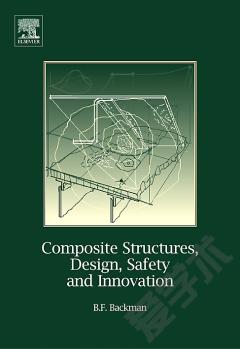
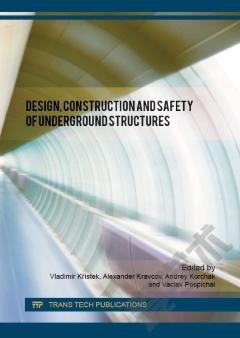

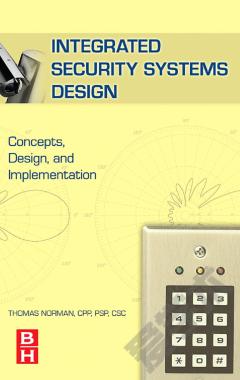
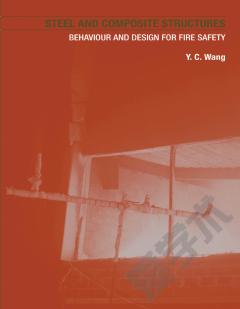
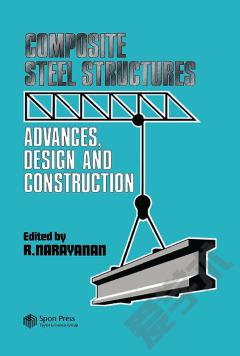


 京公网安备 11010802027623号
京公网安备 11010802027623号